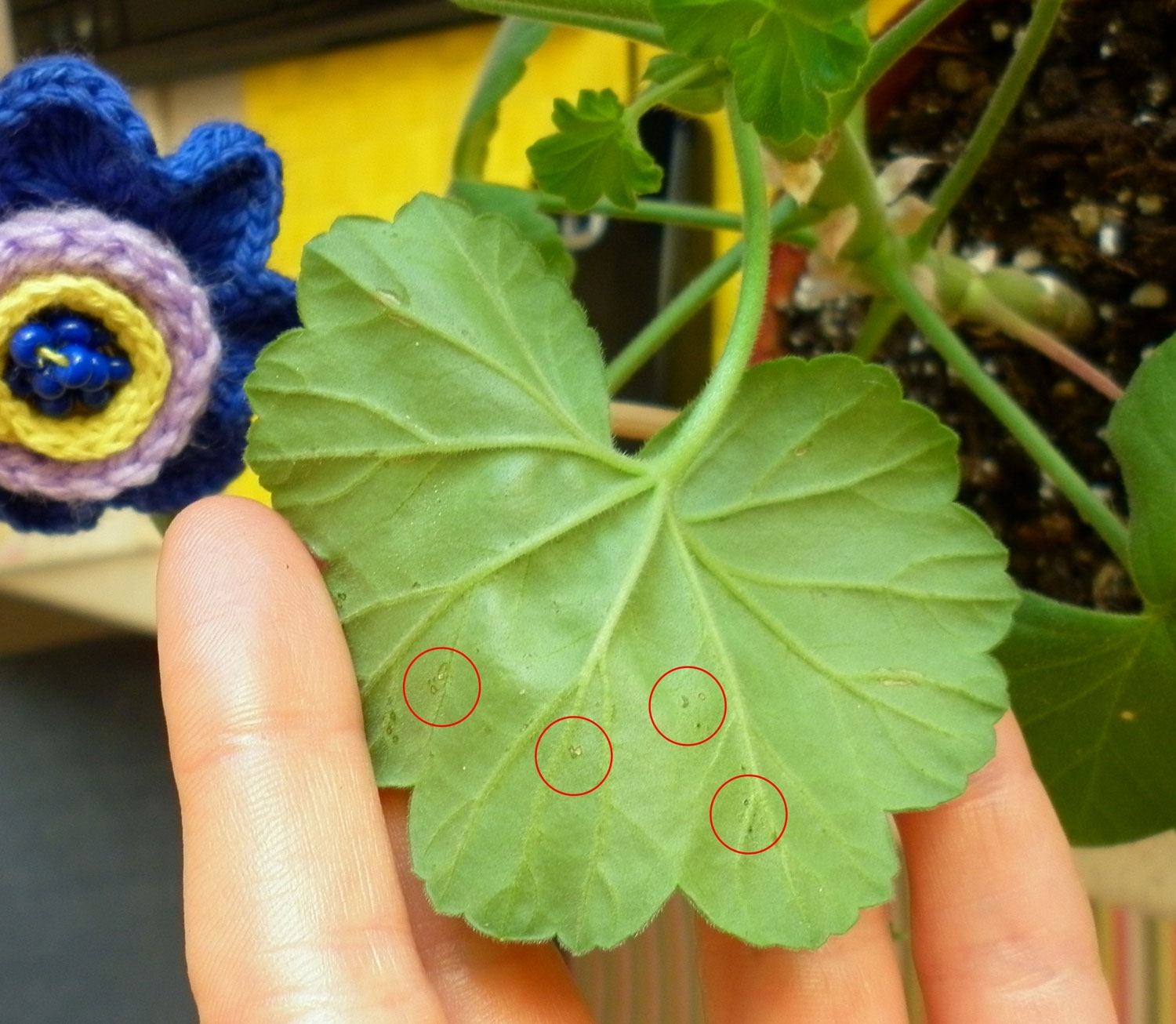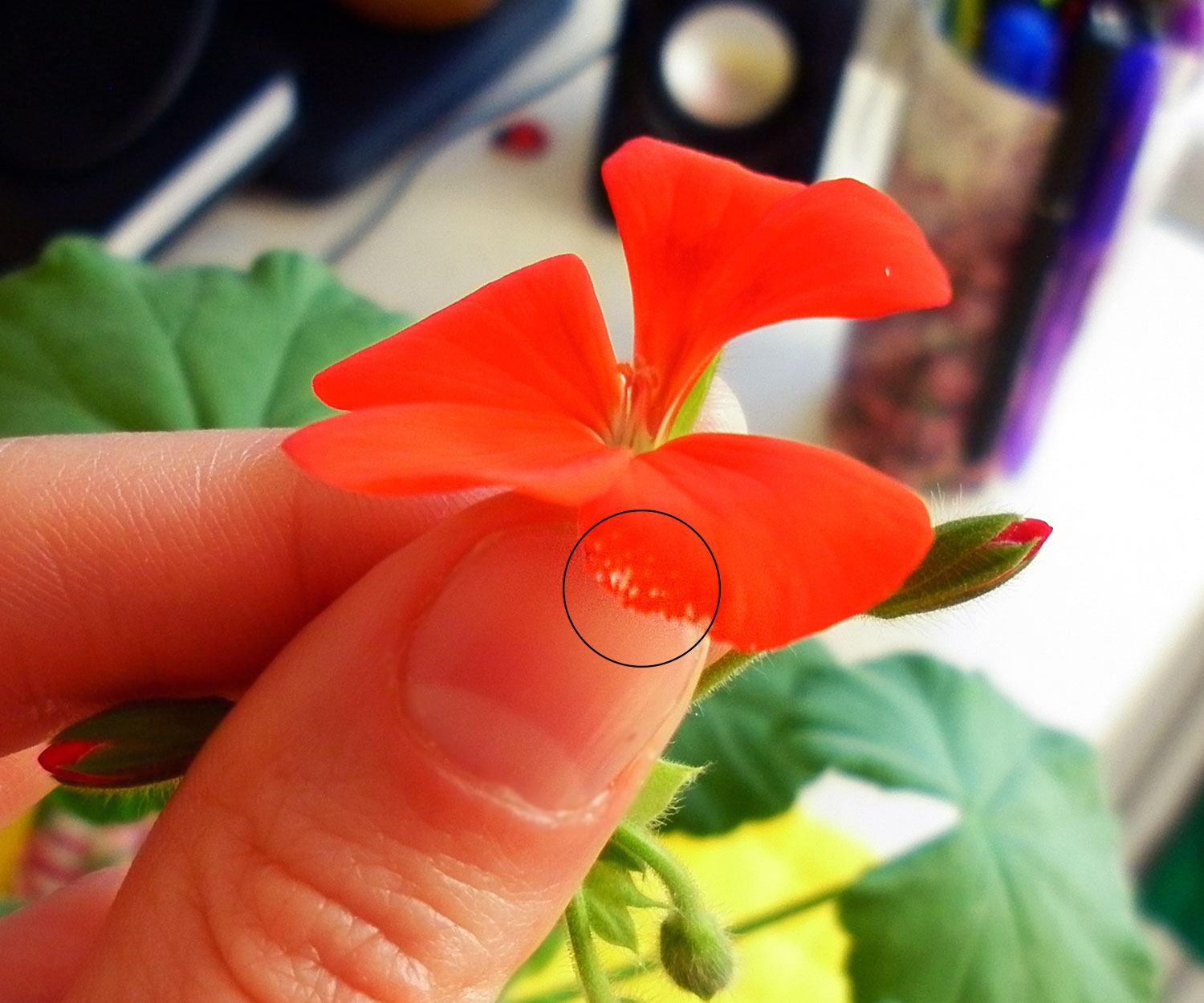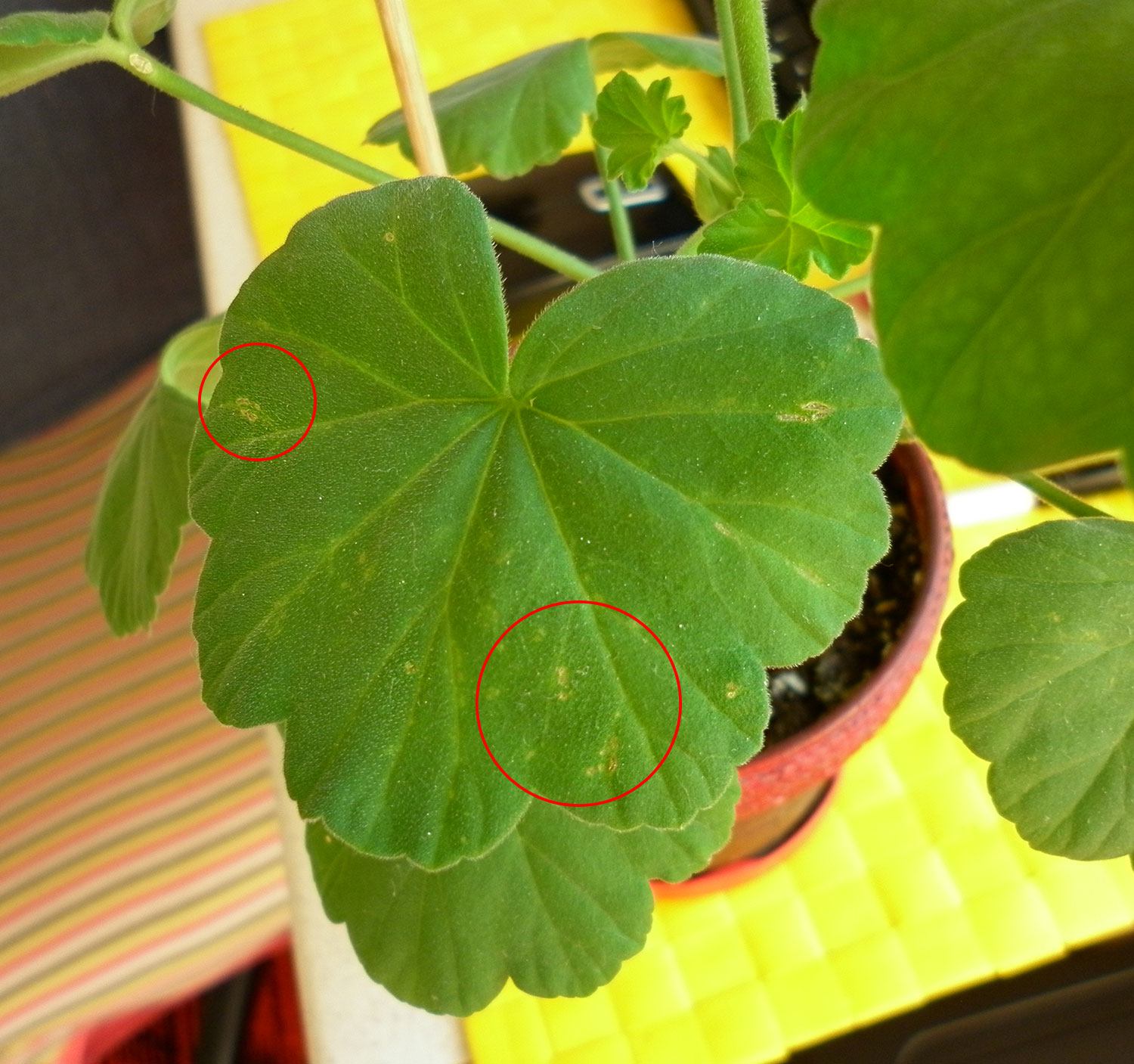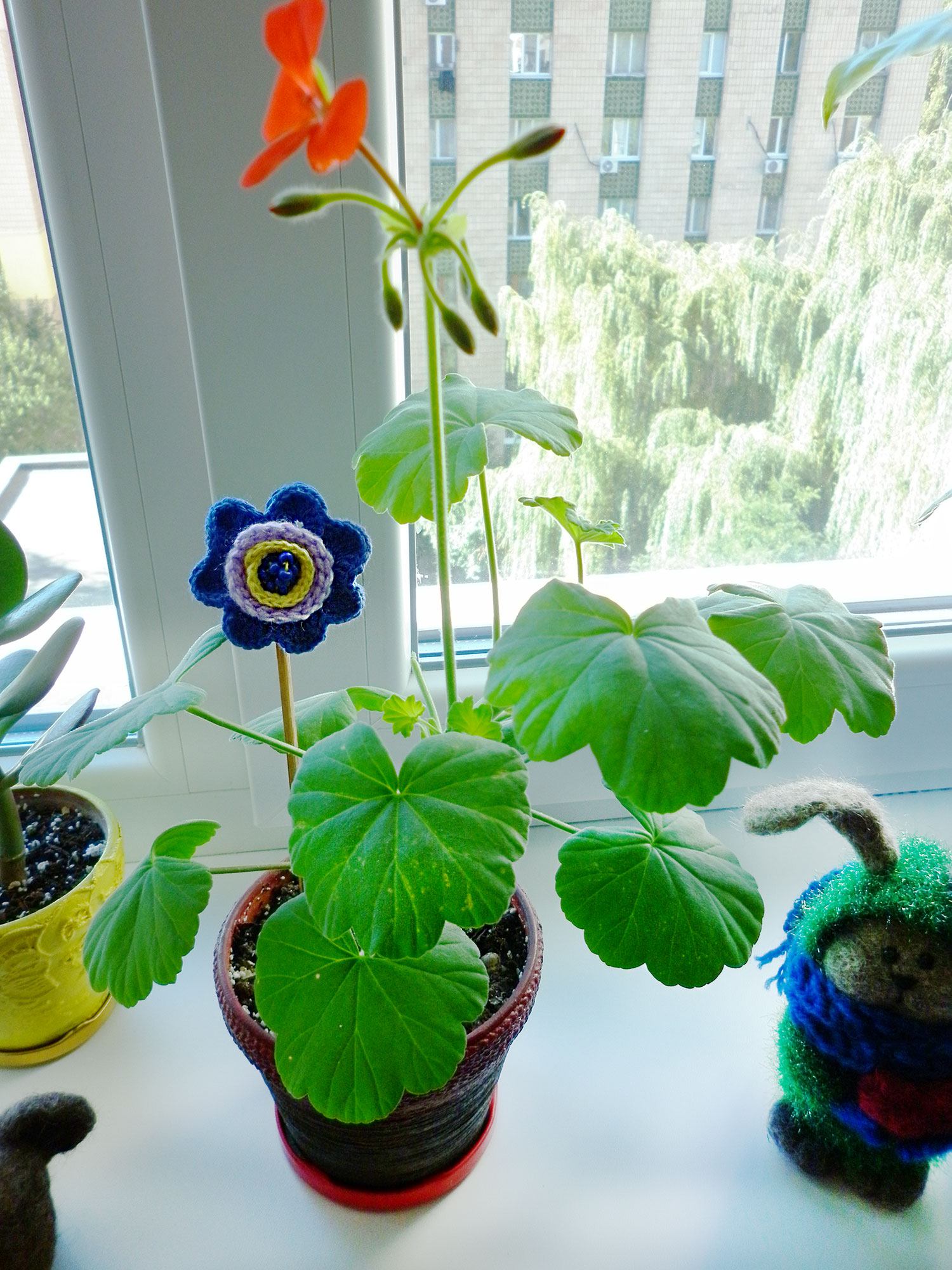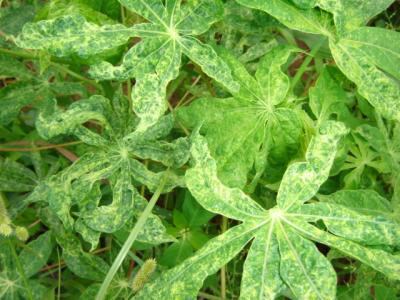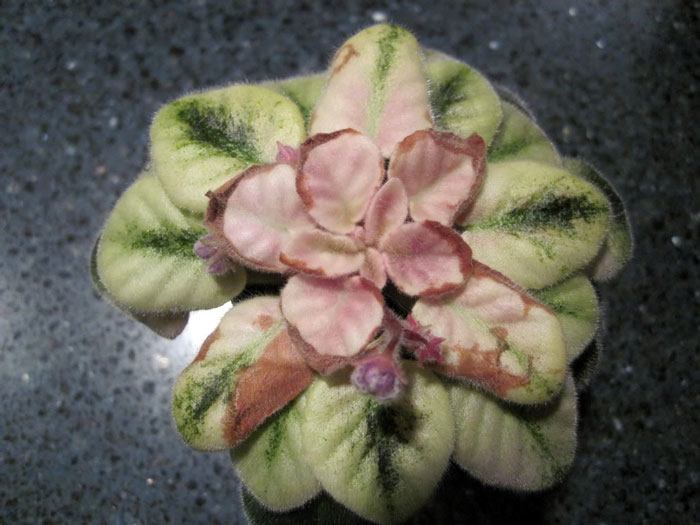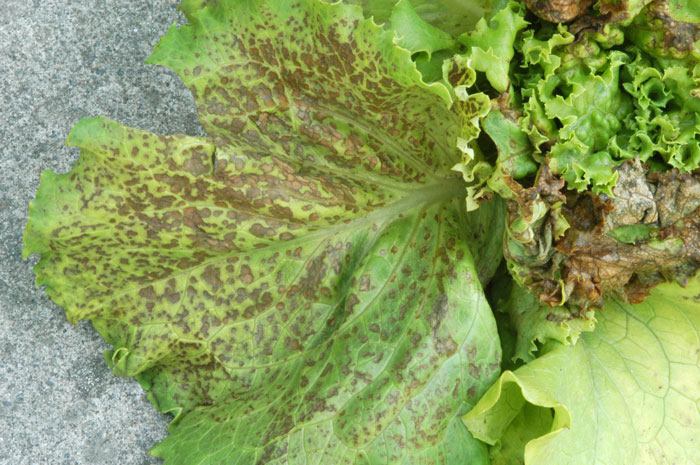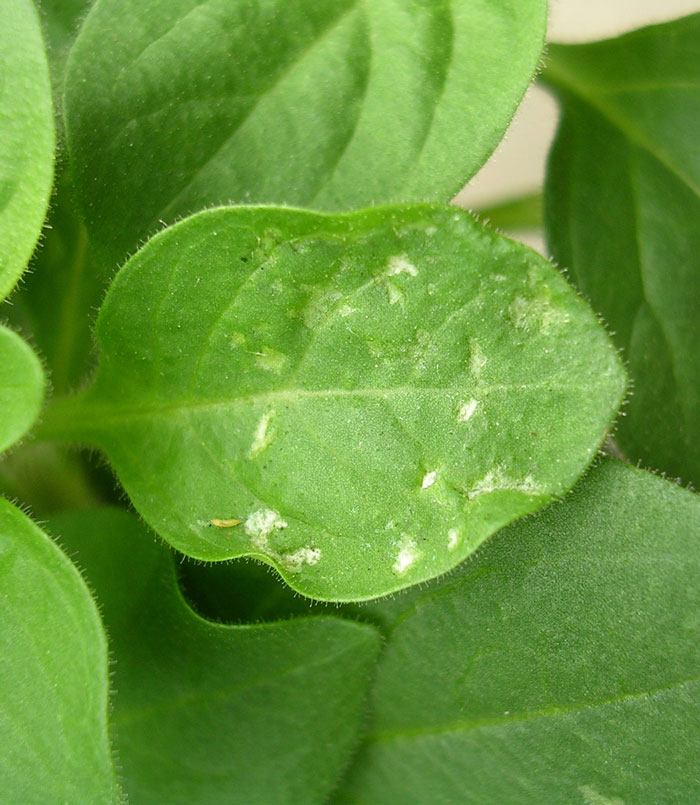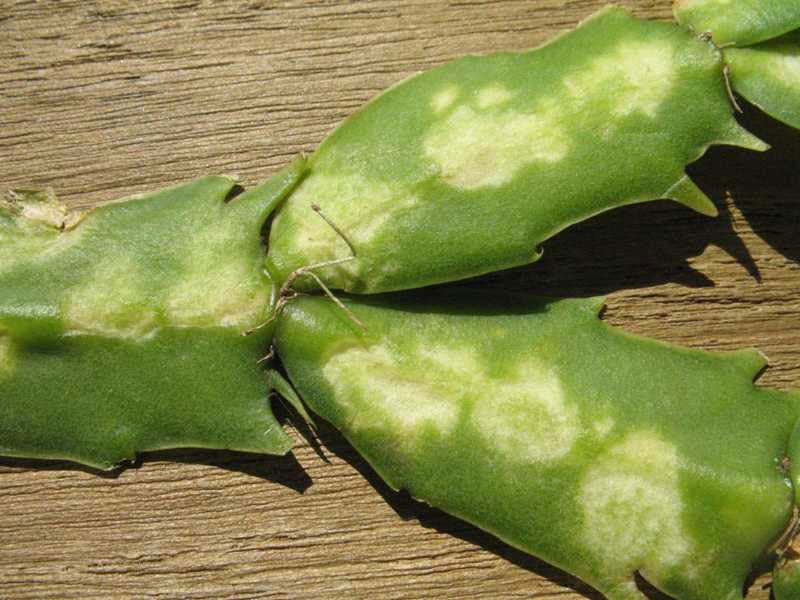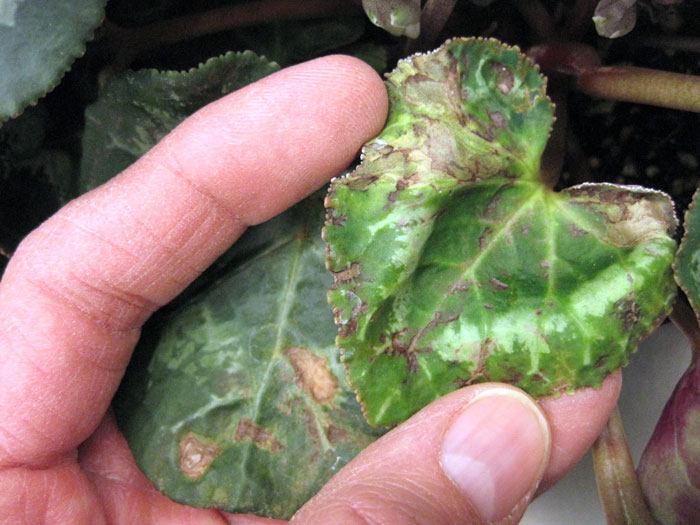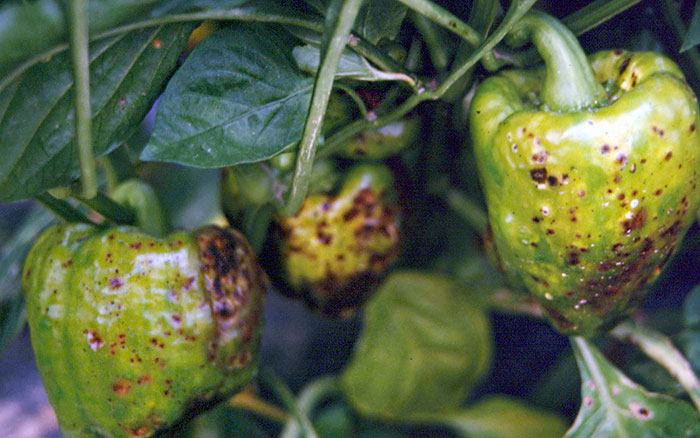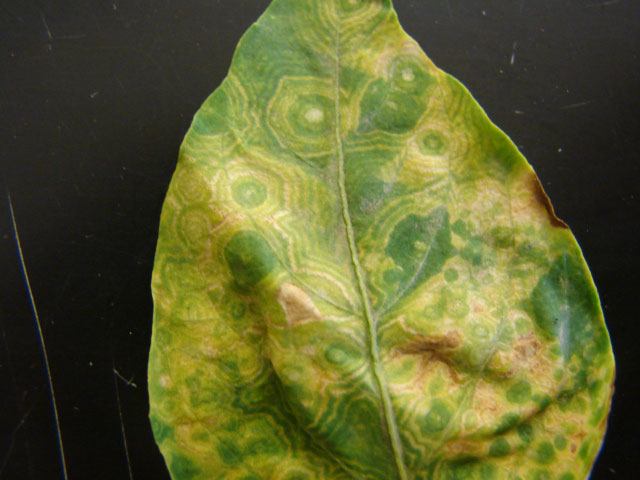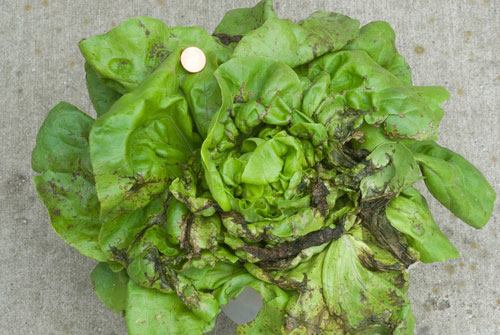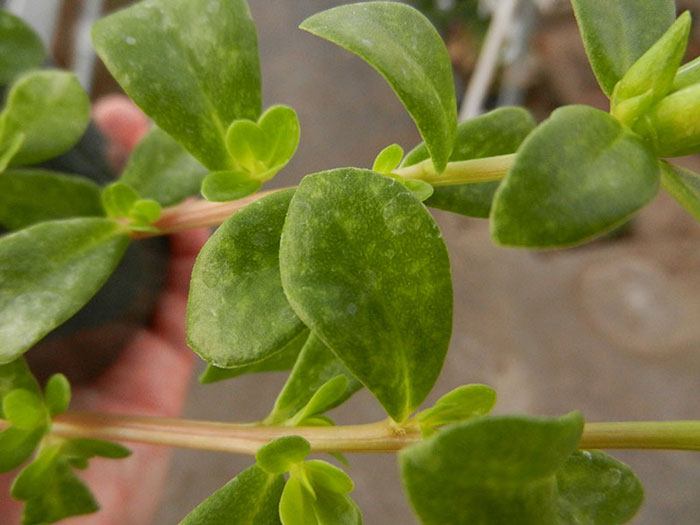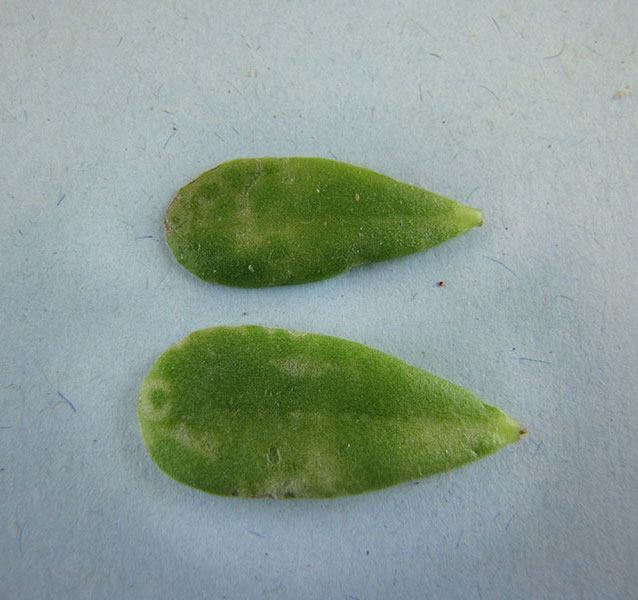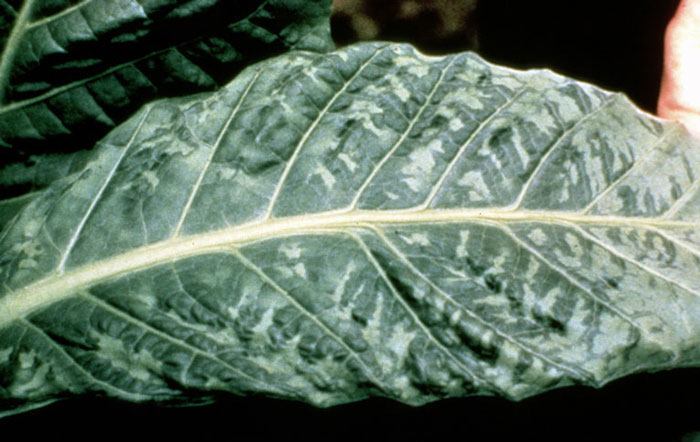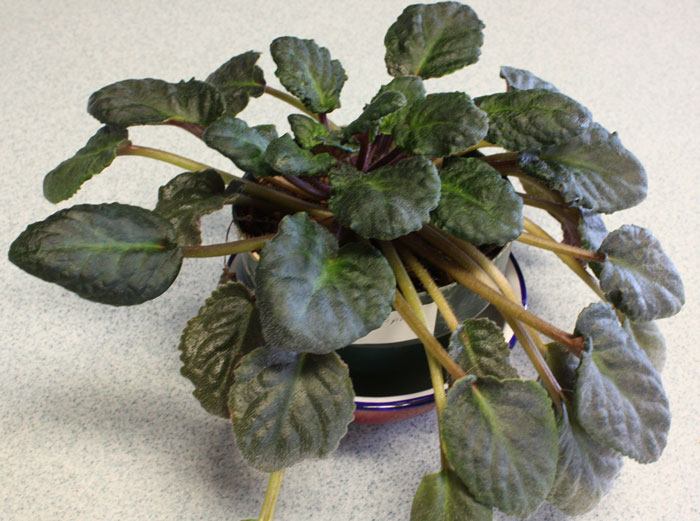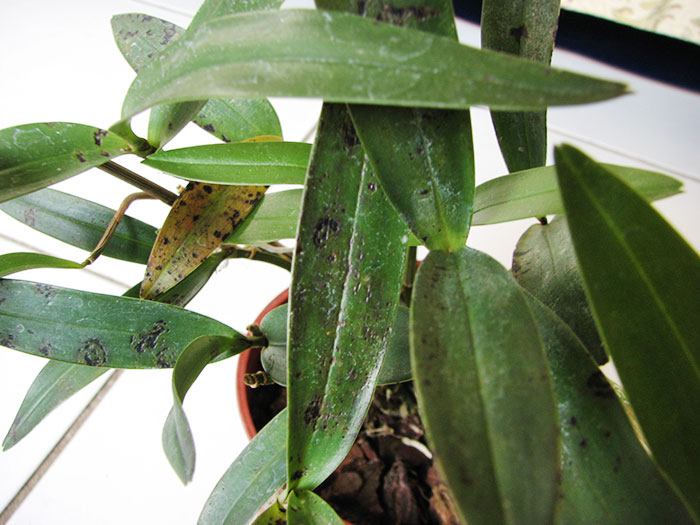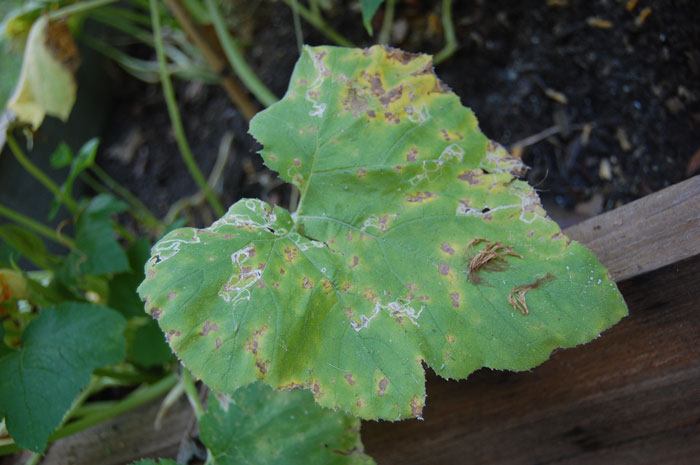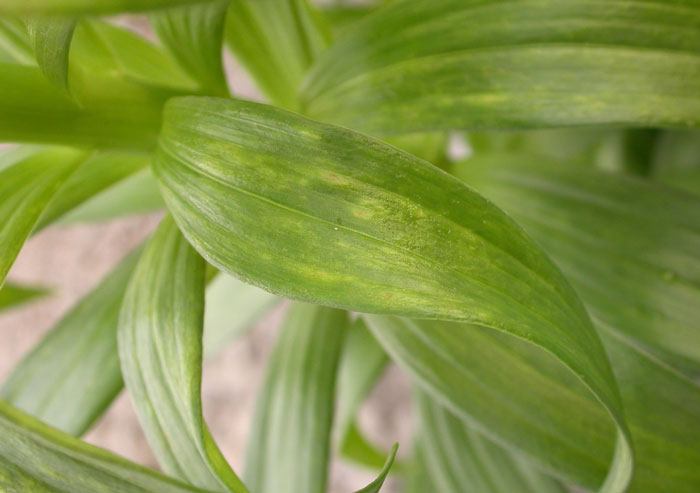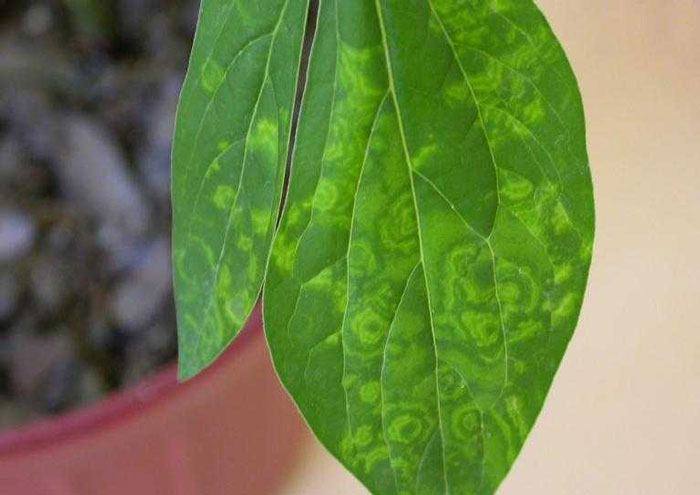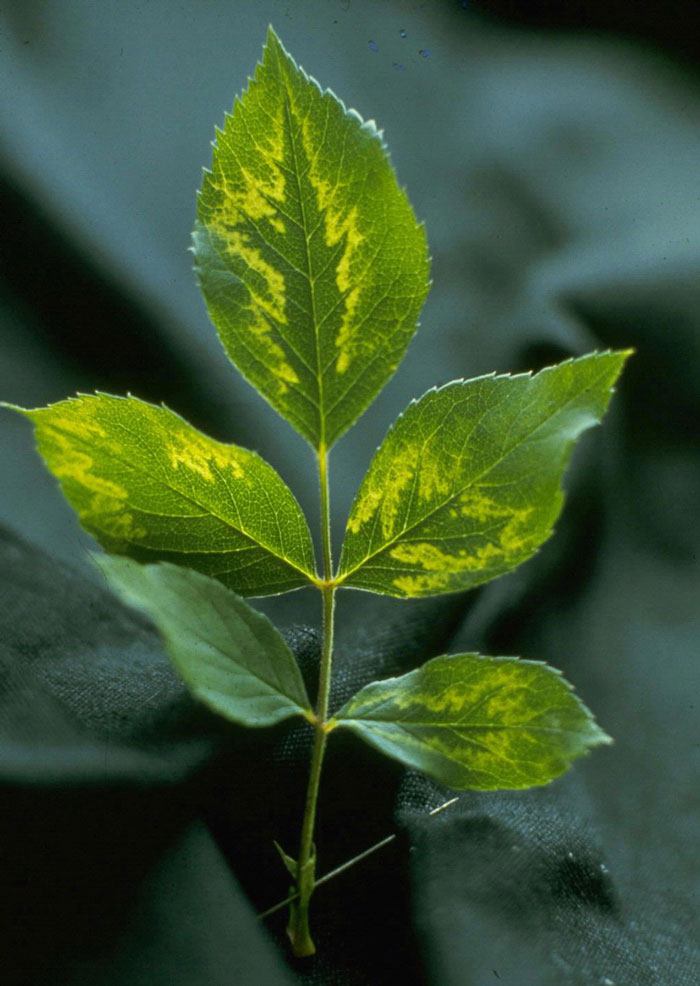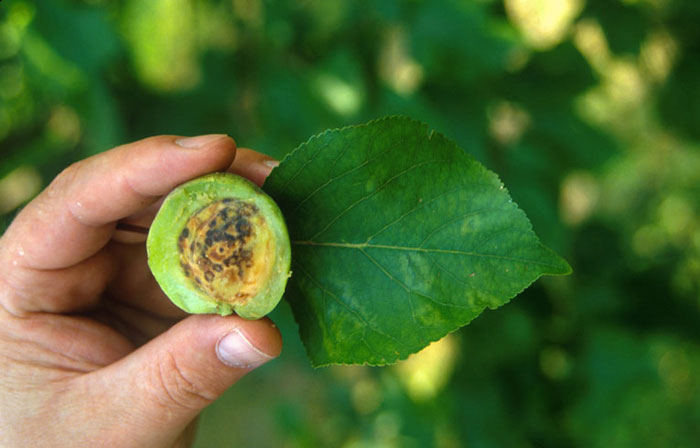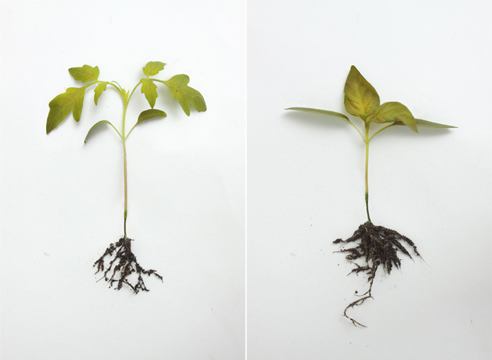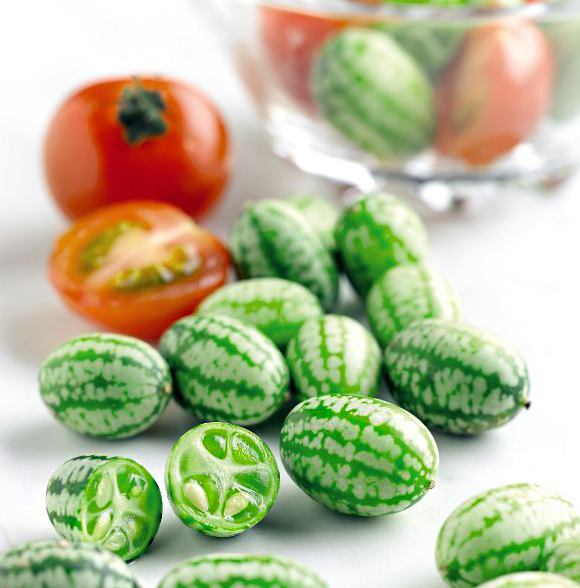The issue of plant viruses is indeed very serious. Before acquiring an infected geranium bush, I had never thought about the fact that viruses inhabit everything—even our potted gardens. However, our small tragedies from losing one or two plants in our collection are nothing compared to the thousands of hectares of crops that could feed millions of people in the most vulnerable countries.
My Sick Geranium
By understanding the nature of plant viruses and taking steps to prevent their spread, we can not only keep our plants healthy but possibly reduce this scourge on the scale of the nearest flower shops))) and that is a step forward!
The Most Dangerous Plant Viruses
I came across an archive of virology DOI 10.1007 / s00705-014-2295-9 (2012), listing a dozen of the most economically dangerous plant viruses affecting not just “named” plants:
- Tobacco mosaic virus (TMV)
- Tomato spotted wilt virus (TSWV)
- Tomato yellow leaf curl virus (TYLCV)
- Cucumber mosaic virus (CMV) (only cucumbers)
- Necrotic spot virus (INS)
- Cauliflower mosaic virus (CaMV)
- African cassava mosaic virus (ACMV)
- Plum pox virus (Sharka) (PPV)
- Beet mosaic virus (BMV)
- Potato virus X (PVX)
Not included in the top ten are citrus virus, yellow dwarf barley virus, and leaf curl virus.
How Does an Infected Plant Look?
You can identify a viral nature of the disease by unusual spots and stripes on the leaves and flowers—these may include concentric rings, streaks, speckling of a lighter or darker shade than the healthy color of the plant, complete yellowing or whitening of a leaf, and deformation of flowers and leaves. There is a generally accepted classification of plant viruses into three types: mosaic viruses, yellowing viruses, and necrotic spot viruses.
Mosaic viruses unevenly color leaves and flowers with stripes, spots, and rings. They can curl and wrinkle the leaves. The plant grows slowly and blooms weakly, and there are all signs of chlorosis on the leaves.
Yellowing hinders the photosynthesis process in plants, leading to chlorophyll deficiency, loss of elasticity, and yellowing or whitening of the leaves. Yellowing affects the xylem and phloem—the plant’s transport system. The yellowing virus stimulates the appearance of a large number of buds, which often develop into sterile deformed flowers.
The primary symptoms of necrotic spot viruses include leaf and flower “chickenpox,” wilting, stunted growth, wet, sunken spots on leaves, pale coloring, concentric rings on leaves, and many other symptoms indicating that something is “wrong” with the plant—this could be a virus, or it could be a hundred other possible problems. Symptoms of the virus depend on the time of year when the plant was infected, its age, physiological state, growing conditions, and many other factors.
Necrotic spot virus increasingly affects ornamental plants: African violets, cyclamen, dahlias, peonies, petunias, dracaenas, amaryllis, phlox, asters, poppies, azaleas, begonias, primroses, fuchsias, sage, gerberas, hydrangeas, balsam, lilies, nasturtiums, and many other species.
How Do Plants Get Infected?
On the website of the American Orchid Society, there is an informative article about orchid viruses, in which I read an upsetting phrase - “Old orchid varieties are most likely infected with a virus, and some varieties exist only as infected specimens”…
76% of known plant viruses are transmitted by insects - greenhouse pests such as whiteflies, aphids, thrips, mealybugs, and spider mites. Insects pick up the virus from one plant, transfer it to another, carry the virus in their DNA, and pass it on to larvae along with genetic material.
It’s relatively easy to get rid of thrips with the same Actellic or Aktara, but you cannot eliminate the virus they leave behind on the plant. Even genetically modified resistant hybrids ultimately succumb - the virus mutates just as effectively as microbiologists work. The virus also spreads through seeds, cuttings, plant sap, and on gardening tools.
In indoor conditions, the mosaic virus is rarely spread by seeds and insects; it is mainly the infected gardening tools, dirty hands (having touched a leaf on a sick plant and transferred microfibers to another), and any contact objects that are to blame. On the Michigan University website, in an article about tobacco mosaic, there is even a warning for smokers - contact with tobacco products can lead to infection. There I also learned that the tobacco mosaic virus (which infects not only tobacco) can survive in dead tissue for up to 50 years and winters very well.
How to Make an Accurate Diagnosis for a Plant?
Diagnosing a virus in a plant is not easy - symptoms can mimic fungal and bacterial infections and vice versa. The virus may not show itself for some time, but at the first stress, the plant can turn from a carrier into a sick one. Microbiologists in all developed countries are working on universal rapid tests to determine the type of virus, but the cost of such developments is not yet accessible to home gardeners. Considering the fact that there is no treatment, knowing the exact diagnosis is not so important.
There are American test strips developed by Michigan University for 4 main viruses - 4 strains of the tobacco mosaic virus, the tomato spotted wilt virus, and the necrotic spot virus. They cost $14 for 4 strips. Such items are mainly produced for professionals in agribusiness and are not universal: immunochromatographic test strips for stone fruits, potatoes, and tomatoes. In the hope of finding at least some information on the treatment of plant viruses, I visited all conceivable and inconceivable places on the World Wide Web but did not find what I was looking for. At this stage, all efforts are being made to create genetically resistant plants.
How to Avoid Infecting Other Plants in Your Collection?
The precautionary measures described below may seem excessive to you, but if plants are your business, do not overlook these recommendations. Source - American Orchid Society and the official page of Michigan University.
- Mature plants (aged 2 to 4 years) are 61% more likely to get infected than younger ones. This is likely related to the frequency of performed procedures (transplanting, pruning, pinching, grafting, etc.).
- During the spring soil renewal, transplanting, and pruning, work first with young plants and then with old ones.
- After each plant, always wash your hands with soap or treat your working gloves with bleach. Preferably, use disposable gloves.
- Pots for transplanting, even new ones from flower shops, should be disinfected in a bleach solution twice, as viruses are resistant to any disinfection except sterilization.
- Substrate must not be reused under any circumstances (I think this rule can be relaxed for annual plants like basil…).
- Tools must be disinfected after each plant. Disposable blades are ideal for pruning.
- Timely treat the collection with fungicides and insecticides. With a large collection of plants, it is quite difficult to detect pests in time. You can stick pieces of sticky paper for trapping flies on the pots - whiteflies, thrips, spider mites, and gnats will surely leave their trace on the adhesive. One piece of tape is enough for one windowsill. (The original report mentioned special sticky cards.)
- A newly acquired plant should undergo quarantine for 2 to 4 weeks - during this time, a disease or pest may manifest, and you will have the opportunity to address the problem without risking your entire collection. Cuttings from an infected plant are excluded. Even if there is no visible sign of the virus on young shoots - it is there.
- When buying a plant, pay attention to the other specimens. If you notice sick plants, refrain from purchasing.
- If you suspect that your plant is infected, it is recommended to destroy it immediately. However, I would first rule out fungi, single-celled organisms, and insects by treating it with fungicides and insecticides, ensuring the plant is quarantined.
- There are fungicides with prophylactic antiviral action (at least, this is claimed in the product advertisements). Most of these products are organic (biofungicides), with hazard classes 3 and 4. Plants that are carefully tended to, with regular soil updates and fertilization, can live a happy plant “life,” experiencing almost no discomfort. It is necessary to make every effort to protect flowers from stress, temperature fluctuations, drafts, sunburn, or a lack of ultraviolet light. All of this is quite challenging in real life, so it is important to follow “safety precautions” when caring for and acquiring plants to maximize protection for yourself and your collection from plant viruses.
